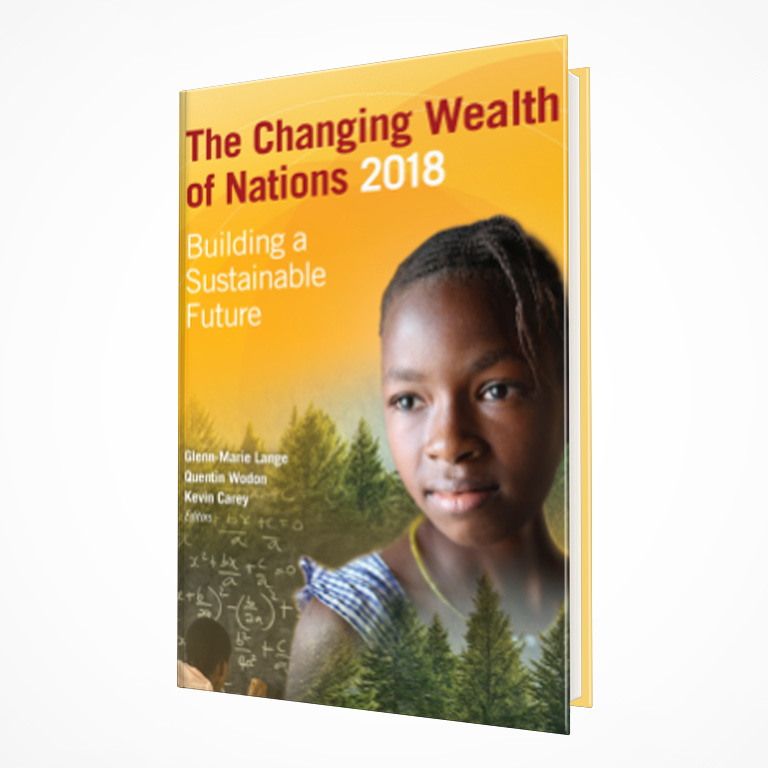Overview
Countries regularly track gross domestic product (GDP) as an indicator of their economic progress, but not wealth—the assets such as infrastructure, forests, minerals, and human capital that produce GDP. Wealth accounts allow countries to take stock of their assets to monitor the sustainability of development, an urgent concern today for all countries. The Changing Wealth of Nations 2018 tracks the wealth of 141 countries between 1995 and 2014 by aggregating natural capital (such as forests and minerals), human capital (earnings over a person’s lifetime); produced capital (buildings, infrastructure, etc.) and net foreign assets.
